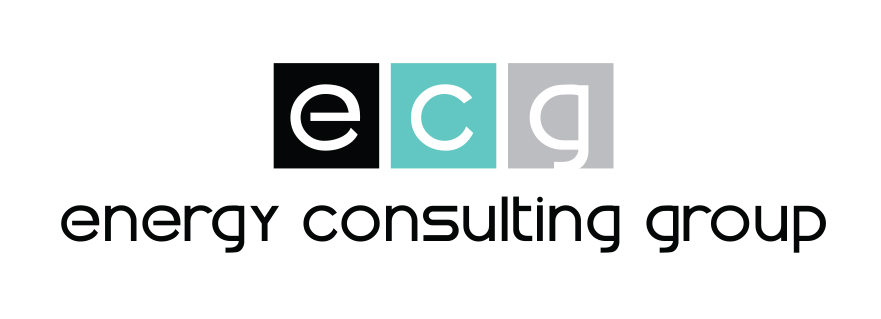Demand Response Program Creation
Once the Demand Response initiative moves into the Program Design phase, we facilitate the creation of meaningful Demand Response programs that meet the cost-benefit test, but also provide additional benefits, including:
- Regulatory Compliance
- Environment Initiatives
- Energy Efficiency
- Customer Satisfaction and Engagement
- Reliability at Lower Cost
Prioritizing these factors – and potentially merging them as program components – allows our customers to achieve their specific business goals. For example, moving peak load on a net revenue-neutral basis could be achieved by creating a program with a predefined number of program events per year where the energy prices during an event are increased significantly. This approach would be classified as a ‘deterrent’. Conversely, rewarding customers for using less energy than normal – also referred to as a reduction in baseline consumption – during a program event would result in their bill being reduced. This approach would be classified as an “incentive”. The utility could adopt either/both approach(es) on a program-by-program basis given current business drivers. Once the utility has determined the types of programs to offer, specific programs are then crafted based on Customer Class. In this way, the utility can leverage both the deterrent and incentive models, but provide benefits/penalties that are appropriate to the size and shape of a given customer segment’s load profile. Sample programs that could be created include:
- Large Commercial and Industrial customer program: A program such as this could offer significant benefits, including enhanced customer satisfaction and engagement. The program would offer building automation and requires direct customer engagement to ensure that the commercial and industrial customers understand their obligation and the benefits the programs offer to them.
- Residential air conditioning program: A program such as this could offer significant benefits, assuming that the client’s service territory load is driven by air conditioning. High reliability and accuracy of response would be ensured by both technology deployed as well as high quality analysis to ensure that the needed response in the time required for operational requirements was provided.
More complex and/or custom programs can also be created using this same methodology, with the determining rationale being the scale and business needs of the client’s Demand Response strategy.
Define Rates and their Associated Tariffs
After the creation of the Demand Response programs, and the subsequent requirements on both the customers and operations are defined, we work with our clients to guide the development of new tariffs that allow utility customers to join these new programs. We collaborate with the utility’s Rates group to ensure that distorted incentives and cross subsidization are minimized and ensure that programs can evolve and grow as the market changes. The resulting tariffs are then ready for regulatory review as a final step before enabling the Demand Response programs for market implementation and customer enrollment.
